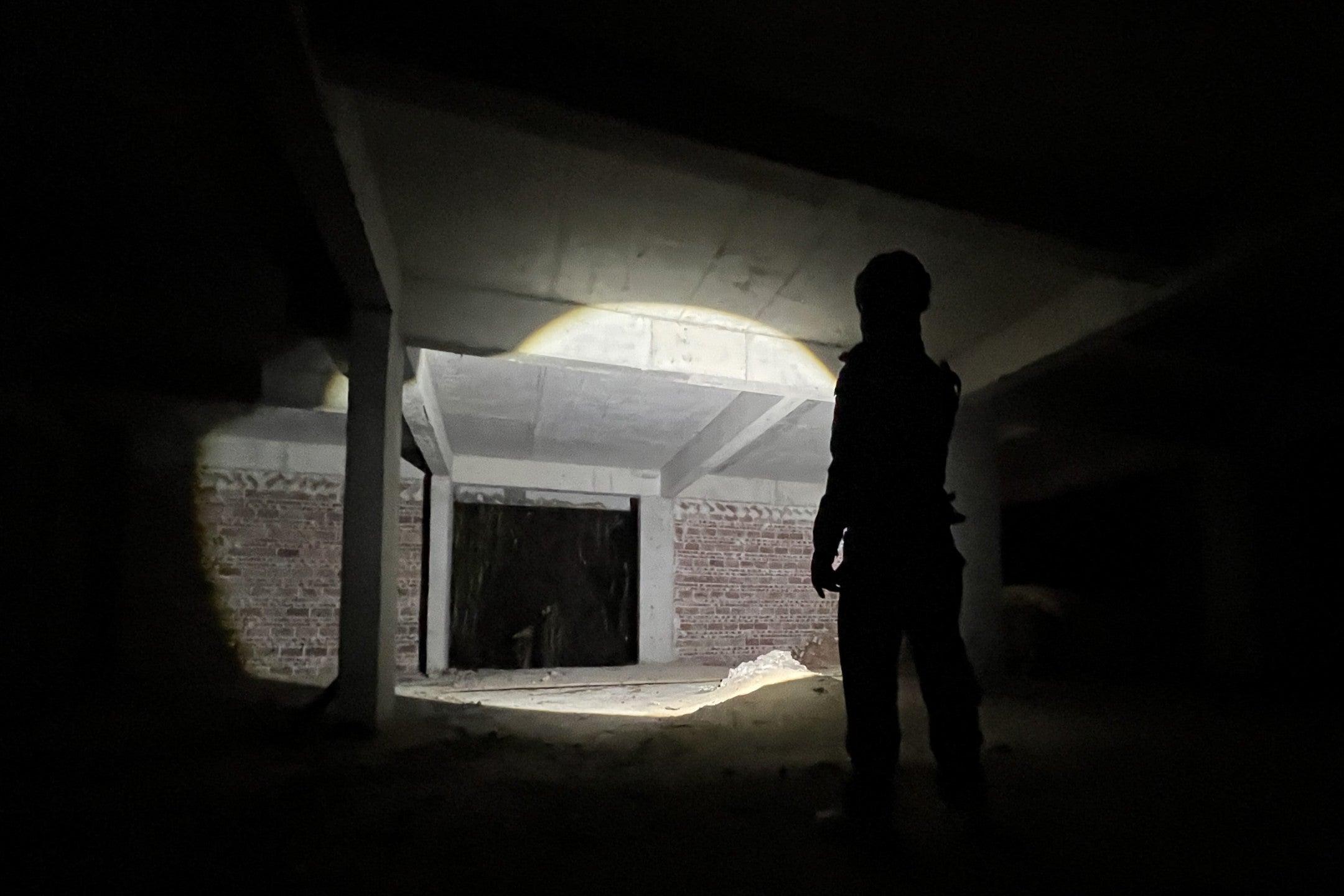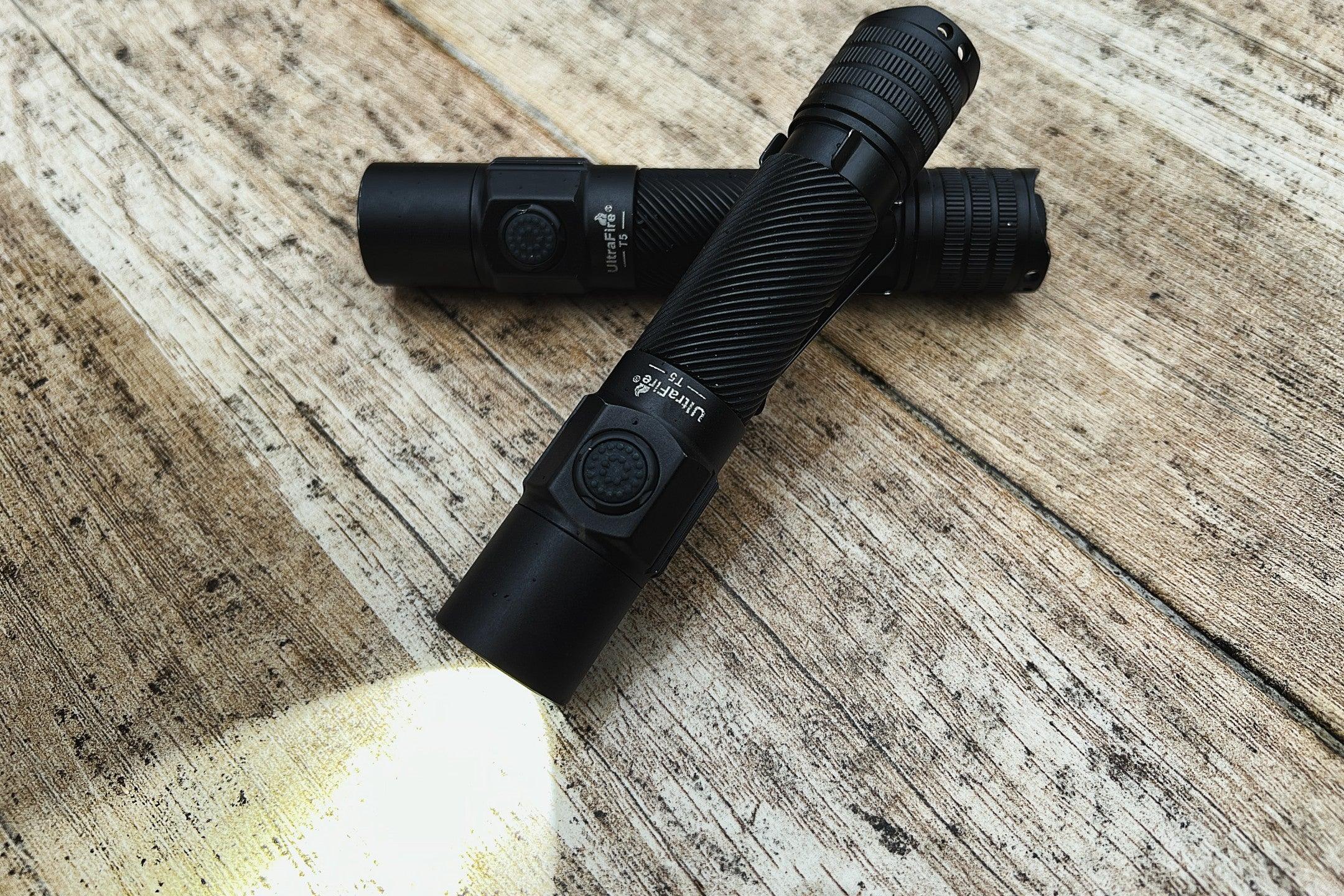Introduction
Flashlights are essential tools for everyday use, from emergency preparedness to outdoor adventures. But like any device, they require proper care to function optimally over time. A well-maintained flashlight will not only last longer but also provide reliable performance when you need it most. In this article, we’ll go over key tips on how to clean, care for, and store your flashlight to extend its lifespan.
1. Regular Cleaning
Keeping your flashlight clean is essential for maintaining its performance and appearance. Dirt, grime, and dust can clog the lens, reduce brightness, and affect its functionality.
How to Clean Your Flashlight:
-
Exterior Cleaning: Use a soft cloth or microfiber towel to wipe down the flashlight’s body. For stubborn dirt, dampen the cloth with water (or a mild soap solution) and gently wipe the surface. Avoid using harsh chemicals, as they can damage the finish.
-
Lens Cleaning: The flashlight lens can accumulate fingerprints and dust, diminishing the beam quality. To clean it, use a lens cleaning cloth or a soft brush to gently remove dust. For tough spots, use a lens cleaning solution applied to a microfiber cloth—never spray the solution directly on the lens.
-
O-Ring Maintenance: Flashlights, especially water-resistant models, have O-rings that prevent water from entering. To keep these seals in good condition, wipe them with a dry cloth after cleaning and apply a thin layer of silicone grease to ensure they remain lubricated and effective.
2. Battery Care
The battery is the heart of your flashlight, so proper care is vital to extend both battery life and flashlight longevity.
Tips for Battery Maintenance:
-
Use the Right Batteries: Always use the correct type of battery recommended by the flashlight manufacturer (e.g., lithium-ion, AA, or CR123A). Using the wrong type can damage your flashlight and pose safety risks.
-
Charge Properly: If your flashlight uses rechargeable batteries, avoid overcharging. Most modern flashlights come with built-in charging protection, but it’s still a good idea to remove the flashlight from the charger once it’s fully charged. Overcharging can reduce battery life.
-
Avoid Deep Discharge: It’s important not to let your rechargeable battery fully discharge. For lithium-ion batteries, try to recharge when the power drops to around 20-30%. Deep discharging can significantly reduce battery capacity over time.
-
Store Batteries Separately: If you plan to store your flashlight for a long period, remove the batteries. This prevents leakage and corrosion, which can damage both the batteries and the flashlight. Store the batteries in a cool, dry place.
3. Proper Storage
When you’re not using your flashlight, proper storage is crucial to keeping it in good condition for the next time you need it.
Tips for Storing Your Flashlight:
-
Store in a Cool, Dry Place: Excess heat or cold can affect your flashlight’s battery life and performance. Always store your flashlight in a place that is free from extreme temperatures and moisture.
-
Avoid Direct Sunlight: Prolonged exposure to direct sunlight can degrade the flashlight’s finish and affect the battery. Store your flashlight in a shaded area or a storage case.
-
Use a Protective Case: If you’re storing your flashlight for an extended period, place it in a protective case or pouch to prevent damage from accidental bumps, drops, or exposure to the elements. This is especially important if you’re carrying it in a backpack or toolbox.
-
Check Periodically: Even if you’re not using your flashlight regularly, make it a habit to check it every couple of months. Ensure that the batteries are still good, and clean the flashlight to prevent dust buildup. This can help prevent unexpected issues when you need it.
4. Handle with Care
While flashlights are often designed to be rugged, it's still important to handle them carefully to prevent damage from impacts or drops.
Handling Tips:
-
Avoid Dropping: Although many flashlights are impact-resistant, repeated drops can eventually cause internal damage. Try to handle your flashlight gently, and avoid dropping it, especially from heights.
-
Use the Clip or Lanyard: Many flashlights come with a clip or lanyard for easy carrying. Use these features to prevent dropping or misplacing your flashlight. A flashlight with a clip can be securely attached to a backpack, pocket, or belt, keeping it within reach when you need it.
5. Check for Water Resistance
For water-resistant or waterproof flashlights, regular maintenance is needed to ensure the seals remain intact and functional.
Water Resistance Maintenance:
-
Inspect O-Rings: Regularly check the O-rings to ensure there are no cracks or wear. These seals prevent water from entering the flashlight, so if they’re damaged, water can seep in and ruin the internals. Lubricate the O-rings with silicone grease to keep them in top condition.
-
Test Waterproofing: If you use your flashlight in wet conditions, it’s a good idea to periodically test its waterproof capabilities. Run a quick test under water (based on the manufacturer’s rating) to ensure the seals are still functional.
6. Regularly Test the Flashlight’s Functionality
Even if you don’t use your flashlight daily, testing it periodically ensures everything is working properly. Turn it on and cycle through the different modes to make sure the beam is consistent and the switches function properly.
Conclusion
Maintaining your flashlight is essential to keep it in good working condition for years to come. Regular cleaning, battery care, proper storage, and handling will help extend the life of your flashlight and ensure it’s always ready when you need it. Additionally, checking for water resistance and functionality on a routine basis will prevent any unexpected malfunctions.
By following these simple maintenance tips, your flashlight will continue to serve you well, whether you're using it for camping, outdoor adventures, or everyday emergencies.
Remember: a well-maintained flashlight is a reliable flashlight. Keep it clean, store it properly, and use it wisely, and it will always shine when you need it most!


















